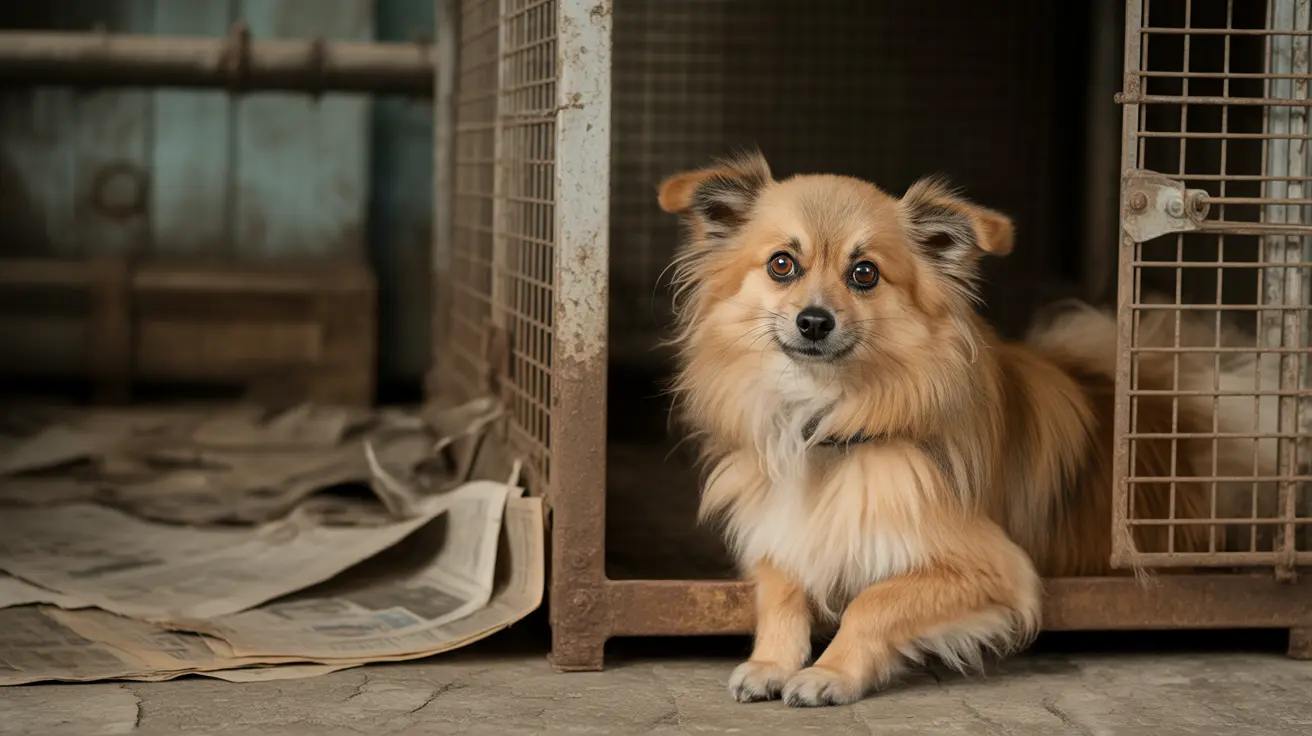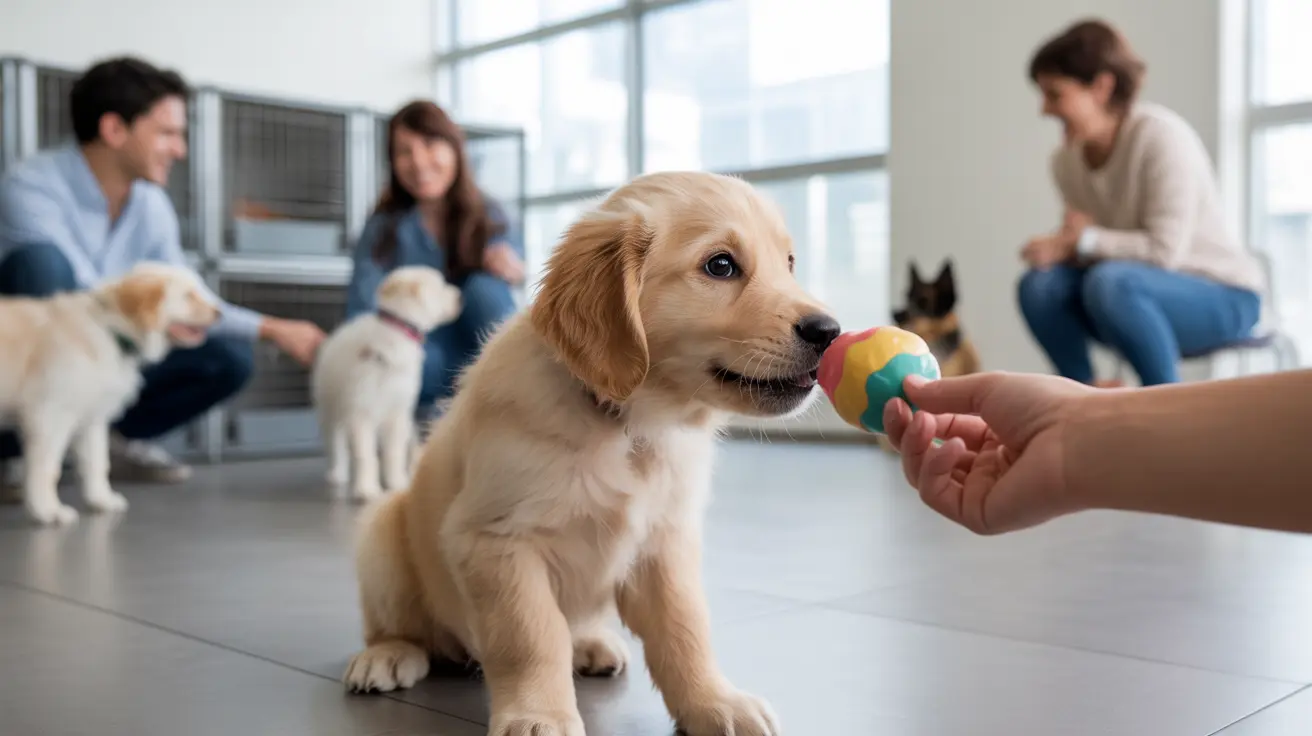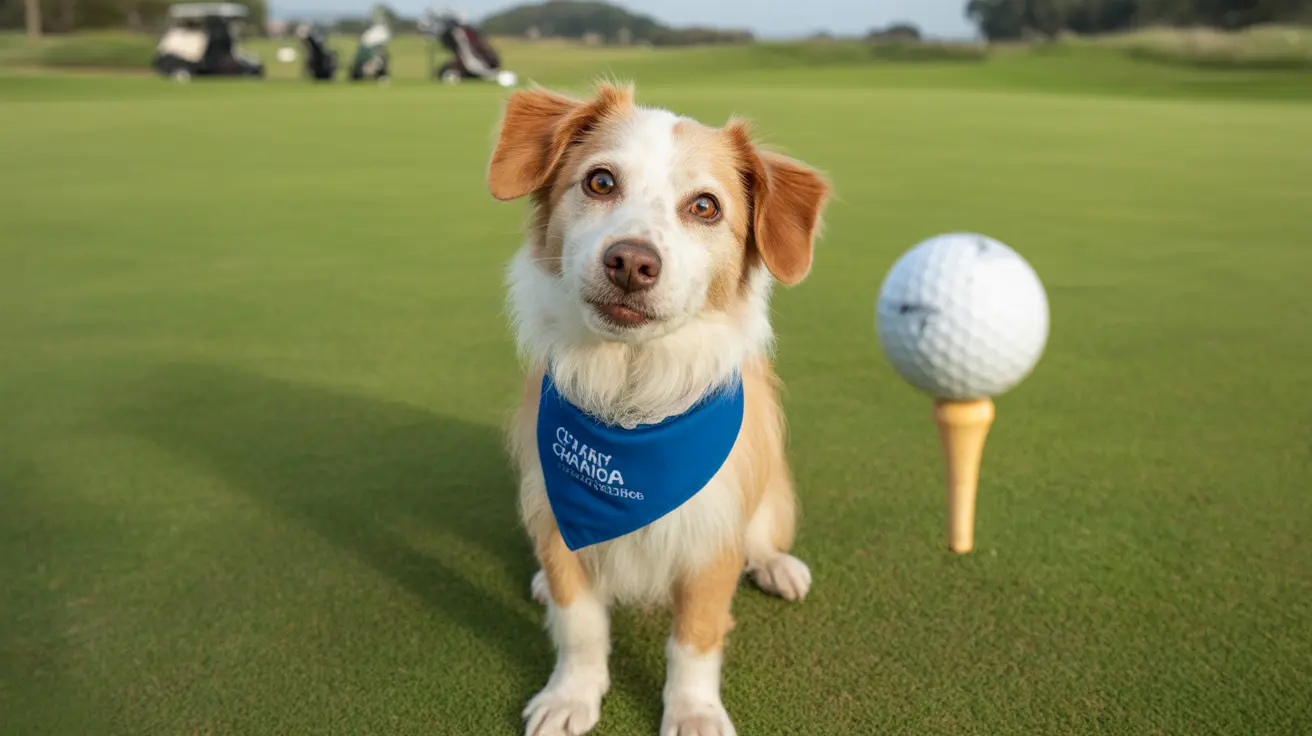Understanding the Risk of Coyote Attacks on Dogs
Coyotes are increasingly common in suburban and even urban areas across North America. With their growing proximity to human environments, many pet owners express concerns about the potential threat coyotes pose to their animals—particularly dogs. While coyote attacks on dogs are not exceedingly frequent, they are a real risk under certain conditions.
Why Do Coyotes Attack Dogs?
Coyotes are naturally territorial animals. They may view dogs as competitors, threats, or prey depending on the size of the dog and the circumstances of the encounter. Here are a few key motivations:
- Territorial behavior: Coyotes may attack to defend their den or territory when they perceive a dog as an intruder.
- Food competition: In areas where food is scarce, coyotes may see dogs as rivals for resources.
- Prey drive: Small dogs under 20 pounds may be mistaken for prey, especially at night.
- Breeding season: Coyotes are particularly aggressive during mating (January–March) and denning seasons (May–August).
How Likely Is a Coyote Attack?
While coyote attacks on humans are exceptionally rare, attacks on dogs—particularly unsupervised or off-leash ones—do occur with greater frequency. The likelihood of an encounter or attack depends on several factors:
- Location: Living near greenbelts, wooded areas, or parks increases the chance of coyote encounters.
- Time of day: Coyotes are most active at dusk, dawn, and night.
- Dog size: Smaller dogs are at higher risk, often targeted as prey.
- Supervision: Dogs left unattended in backyards or while hiking are more vulnerable.
Statistically speaking, dog-coyote confrontations are a small percentage of overall wildlife incidents. Most coyotes are timid and prefer to avoid humans and large animals when possible. Nonetheless, being aware and proactive dramatically reduces any real danger.
Tips to Protect Your Dog From Coyote Attacks
Protecting your dog starts with awareness and preparation. Here are essential tips to prevent a coyote encounter or attack:
- Always supervise outdoor play: Never leave your dog unattended in your yard, especially during dawn or dusk.
- Keep dogs on a short leash: While walking, use a non-retractable 6-foot leash to keep them close and under control.
- Secure your yard: Install tall fencing (6 feet or more) with a roll-bar to prevent jumping.
- Remove attractants: Avoid feeding pets outside, clean up food scraps, and secure garbage bins.
- Use motion lighting or deterrents: Motion-activated lights and sprinklers can discourage coyotes.
What To Do If You Encounter a Coyote
If you see a coyote while walking your dog, follow these steps:
- Do not run: Running can trigger a coyote’s chase instinct.
- Make yourself big and loud: Wave your arms, clap, or use a whistle to scare the animal away.
- Maintain eye contact: Back away slowly while facing the coyote.
- Pick up your small dog: It removes the appearance of prey and keeps them safe.
If a coyote attacks, try to intervene quickly by making noise and appearing threatening. In many cases, human presence is enough to deter continued aggression.
Are Certain Dog Breeds More at Risk?
Yes, certain dog breeds face a higher likelihood of being attacked:
- Toy breeds: Chihuahuas, Yorkies, Pomeranians—due to their size—are most vulnerable.
- Low supervision: Breeds that are commonly left unsupervised or roam free, regardless of size.
- Quiet or timid dogs: Less assertive dogs may not effectively discourage a coyote’s approach.
Larger breeds such as German Shepherds or Labradors are less likely to be attacked unless provoked or alone.
When and Where Attacks Are Most Common
Understanding patterns in coyote behavior helps identify peak risk situations:
- Spring and summer: Denning season makes coyotes more defensive and aggressive.
- Late fall and winter: Increased hunger may lead coyotes to residential areas.
- Near natural landscapes: Homes next to fields, rivers, and parks see more coyote activity.
- High pet population areas: Coyotes are drawn to neighborhoods with numerous outdoor pets.
Conclusion
Coyote attacks on dogs are possible—but avoidable. Understanding coyote behavior, remaining vigilant, and minimizing exposure significantly lowers the risk. As urban sprawl brings wildlife closer to our homes, education and preparedness become essential tools in keeping our furry companions safe.





